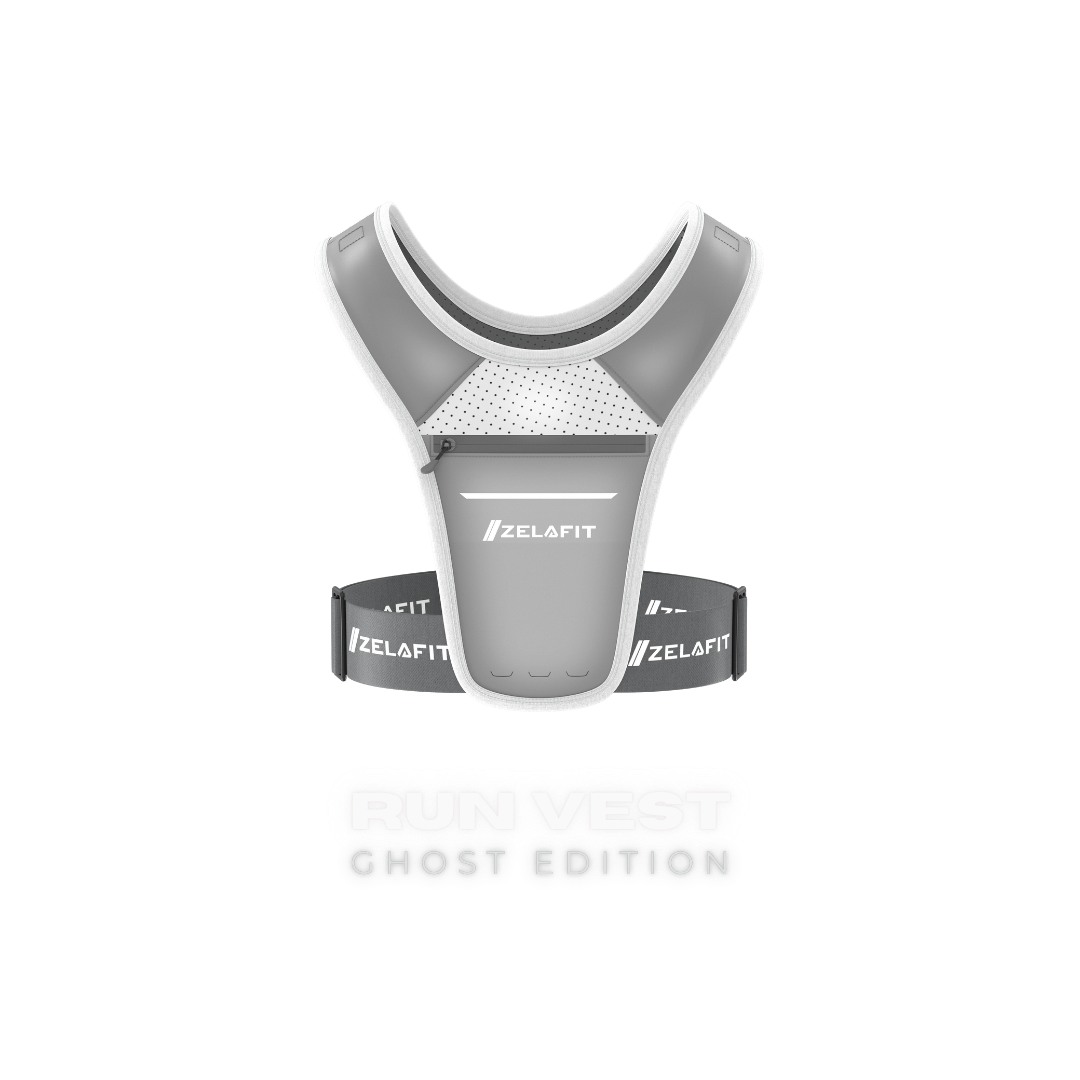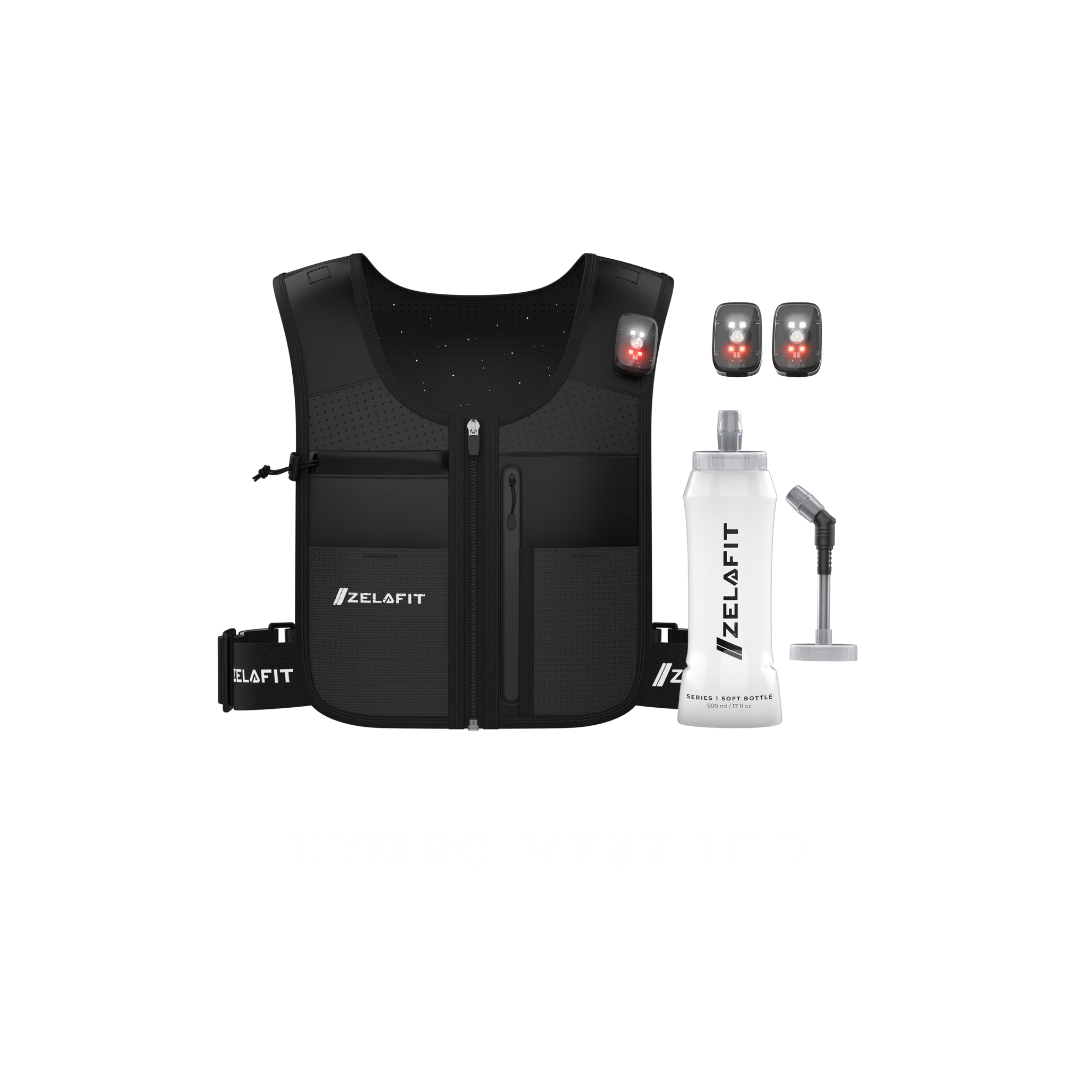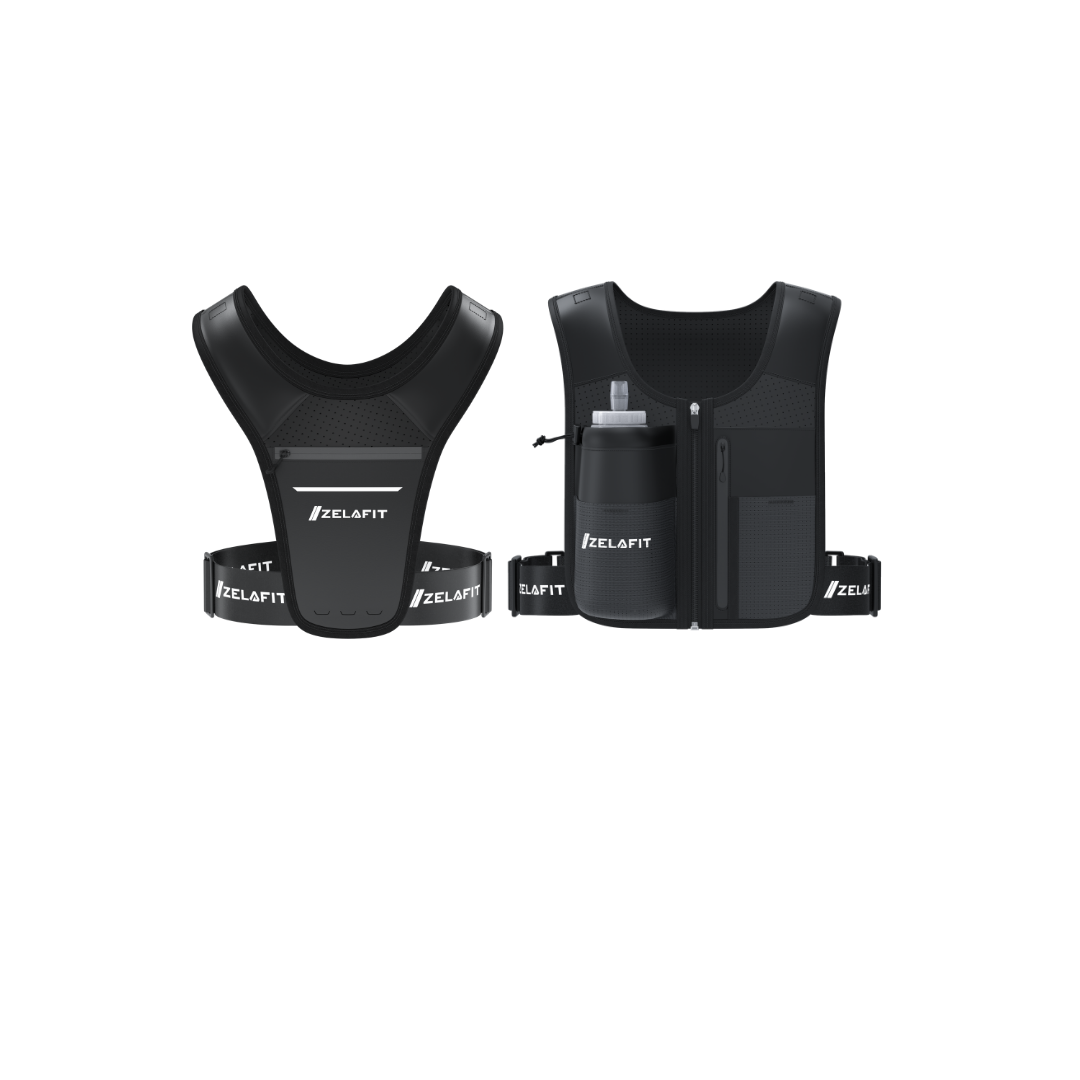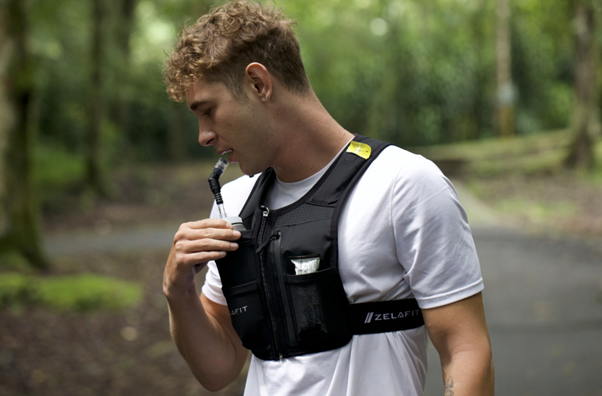Beginner's Guide to Running: Start Strong, Stay Motivated
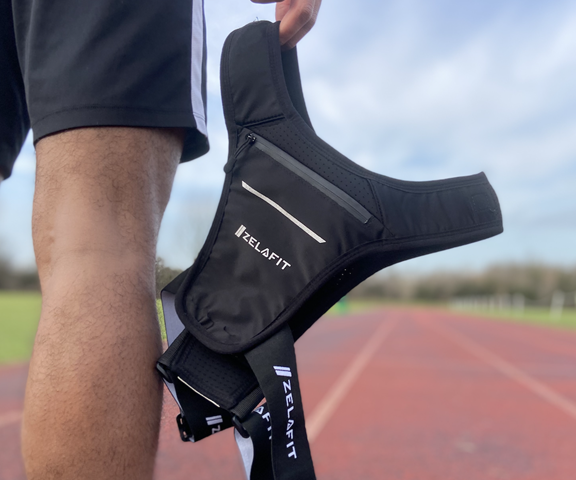
Running is one of the most accessible forms of exercise. You don’t need fancy equipment, expensive gym memberships, or a lot of time to get started. But like any new activity, the first steps can feel a bit overwhelming. Whether you're aiming to improve your fitness, manage stress, or train for a race, this beginner's guide to running will help you start strong and stay motivated.
1. Start with the Right Gear
Before you head out the door, make sure you have the right gear. This doesn’t mean you need to invest in high-end equipment, but a few essentials will make your runs more comfortable and enjoyable:
- Running Shoes: The most important piece of gear. Look for a pair of running shoes that offer good support and cushioning, specific for your foot type.
- Moisture-Wicking Clothing: Choose lightweight, breathable clothing that wicks sweat away from your skin. This helps prevent chafing and keeps you comfortable.
- Running Vest: If you plan to carry your phone, keys, or water, consider a lightweight running vest like the ZelaFit Run Vest Original, which balances the load without bouncing or chafing.
2. Set Realistic Goals
Setting clear, realistic goals is crucial for staying motivated. Start by identifying why you want to run. Is it for health, stress relief, weight loss, or preparing for a race? Your goal will guide your approach to running.
For beginners, it’s important to start small. Instead of aiming for long distances right away, focus on consistency. A great initial goal might be to run three times a week for 20-30 minutes each time. Over time, you can gradually increase your duration and distance.

3. Follow a Structured Plan
Jumping into running without a plan can lead to burnout or injury. A structured plan helps you progress gradually, building both your fitness and confidence. One of the most popular methods for beginners is the :
- Run/Walk Method: Start by alternating between running and walking. For example, run for 1 minute, then walk for 2 minutes. Repeat this cycle for about 20-30 minutes. As you get stronger, you can increase the running intervals and decrease the walking intervals.
4. Listen to Your Body
When starting out, it’s normal to experience some discomfort, but it’s important to distinguish between general soreness and pain. Muscle soreness is common as your body adapts to a new activity, but sharp or persistent pain is a sign that you should stop and rest.
Here are a few tips to help you avoid injury:
- Warm-Up and Cool Down: Always start your run with a 5-minute brisk walk or light jog to warm up your muscles. After your run, cool down with another 5 minutes of walking, followed by stretching.
- Rest and Recovery: Give your body time to recover between runs. Rest days are just as important as running days because they allow your muscles to repair and strengthen.
- Cross-Training: Incorporate other forms of exercise, like cycling, swimming, or strength training, to improve your overall fitness and reduce the risk of injury.
Where bits are made bold, could we please keep these in bold in the blogs?

5. Stay Motivated
Starting a running routine is one thing, but sticking with it can be challenging. Here are some strategies to keep you motivated:
- Track Your Progress: Use a running app or a simple journal to track your runs, noting the distance, time, and how you felt. Seeing your progress over time is a great motivator.
- Find a Running Buddy: Running with a friend or joining a local running group can make the experience more enjoyable and hold you accountable.
- Set Small Milestones: Celebrate small victories along the way, like completing your first week, running your first mile without stopping, or achieving a new personal best.
- Change Up Your Routes: Keep things fresh by exploring new running routes. Whether it’s a scenic park, a quiet neighbourhood, or a bustling city street, changing your environment can make running more exciting.

6. Enjoy the Journey
Running is as much a mental challenge as it is a physical one. Some days will feel easier than others, and that’s okay. The key is to enjoy the journey and remember why you started in the first place. Over time, running will become a habit, and the sense of accomplishment you’ll feel after each run will keep you coming back for more.
---
Final Thoughts
Starting a running routine can be one of the most rewarding decisions you make for your health and well-being. With the right mindset, a few key pieces of gear, and a structured approach, you’ll be well on your way to becoming a confident, motivated runner. Remember, every runner was once a beginner. Lace up, take it one step at a time, and enjoy the ride!


